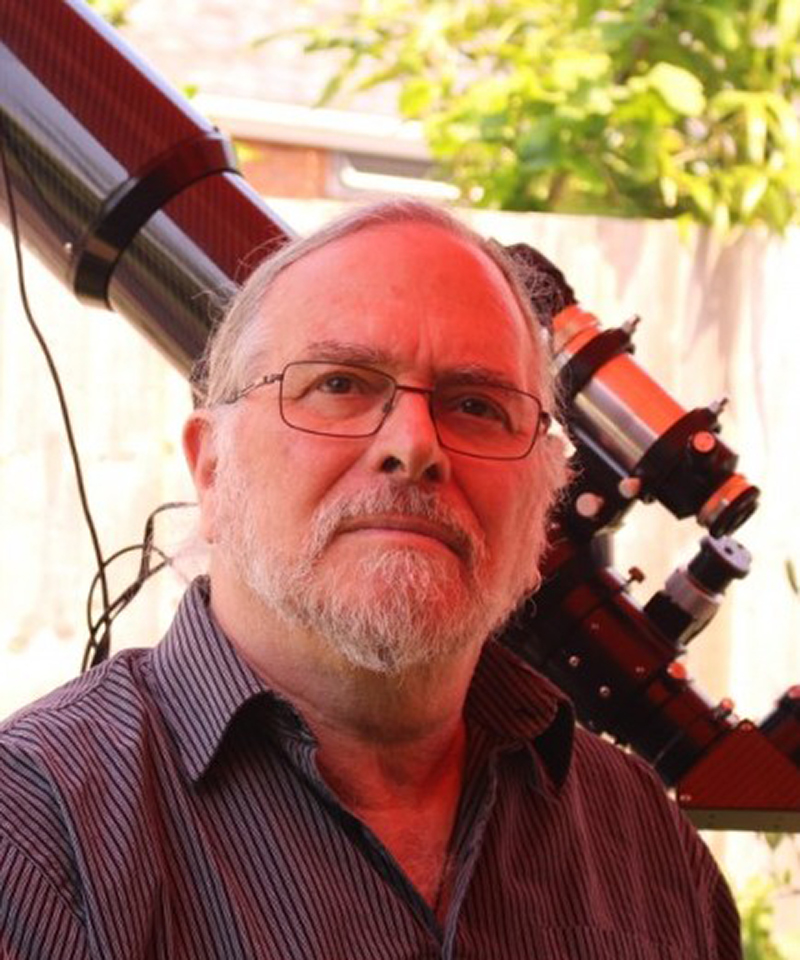When you first take the Opticron Oregon WA 10x50 binoculars out of the lined nylon case, you’ll find that they come with a 25cm-wide neck strap, tethered lens caps for the objective lenses, a rain guard to protect the eyepieces, a microfibre cleaning cloth and an instruction card.
The aluminium alloy body is mostly covered by a thin rubber armour that gives a secure grip with either bare or gloved hands, even if it’s damp with dew.
The wide centre focus wheel, right eyepiece dioptre and central hinge have appropriate stiffness and smoothness.
Browse all of our binocular reviews, discover our pick of the best binoculars for astronomy or find out how to use binoculars for stargazing.
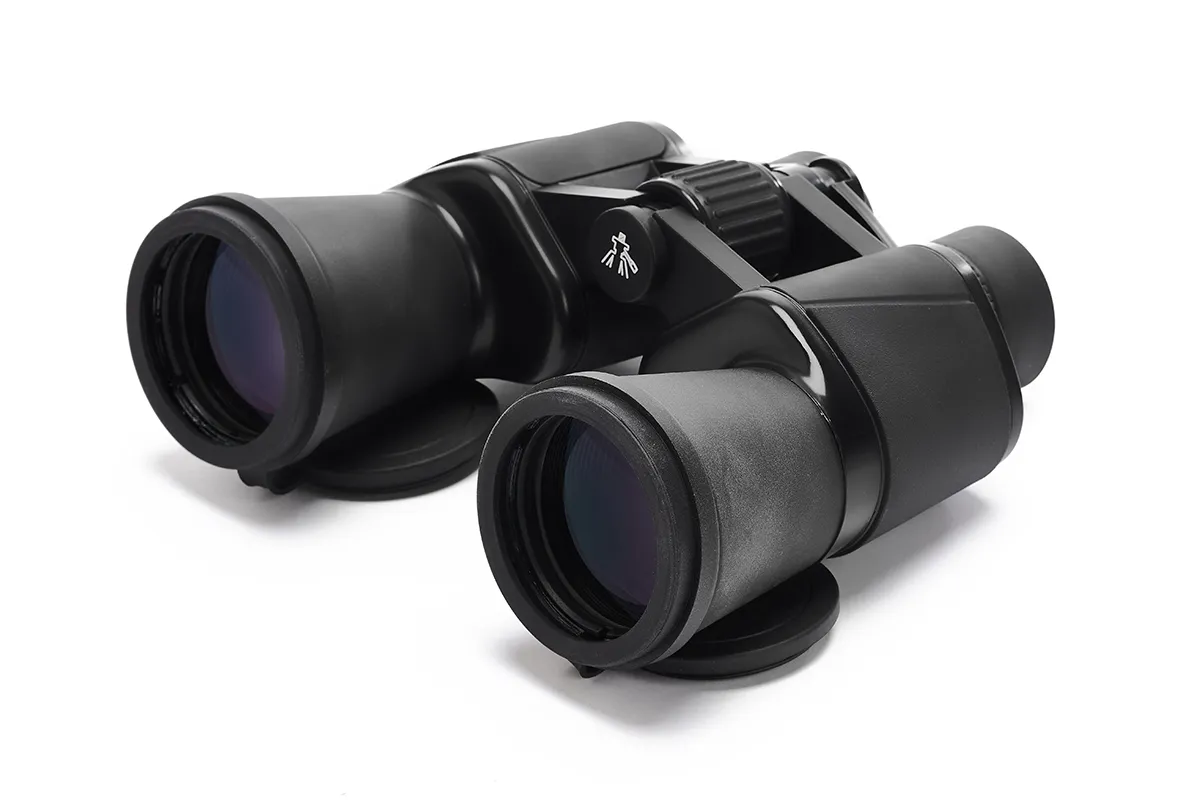
At the minimum interpupillary distance (the distance between the pupils of your eyes) of 58mm, there is 16mm between the rubber eye cups, enough to avoid them squeezing the bridge of your nose.
We noticed that the prisms are clipped in place and not held in a cage, which potentially makes them susceptible to becoming dislodged – but the five-year guarantee, unusual for an entry-level pair of binoculars, inspires confidence that the manufacturer has secured the prisms effectively.
We held the binoculars up to the light and examined the exit pupils (the light emerging from the eyepieces), noting that these are perfectly round with no black or grey segments.This indicates that the prisms are appropriately sized and confirms the use of high-index glass.
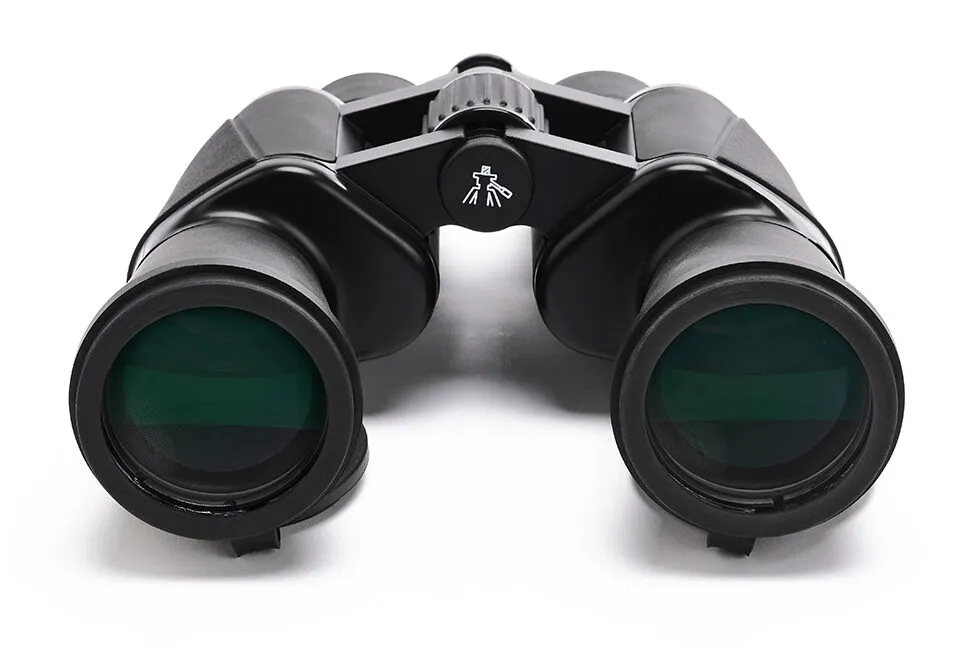
When you shine a light into the objective lens, the muted reflections are consistent with the fully multi-coated specification, and this combined with the ribs inside the objective tubes suggests that stray light should be well-controlled.
Indeed, we could not find any spurious reflections when the gibbous Moon was inside, or just outside, the field of view.
The Moon also offers a test of chromatic aberration (an effect usually seen as unwanted coloured rings around brighter objects); although there is a slight amount of false colour at the centre of the field of view, nowhere does this become overly intrusive.
Stars in the central two thirds are very sharp, and we were able to keep the components of the double star Delta (δ) Cephei (40 arcseconds separation) split to about 80% out, as well as distinguish the colours of the two stars.
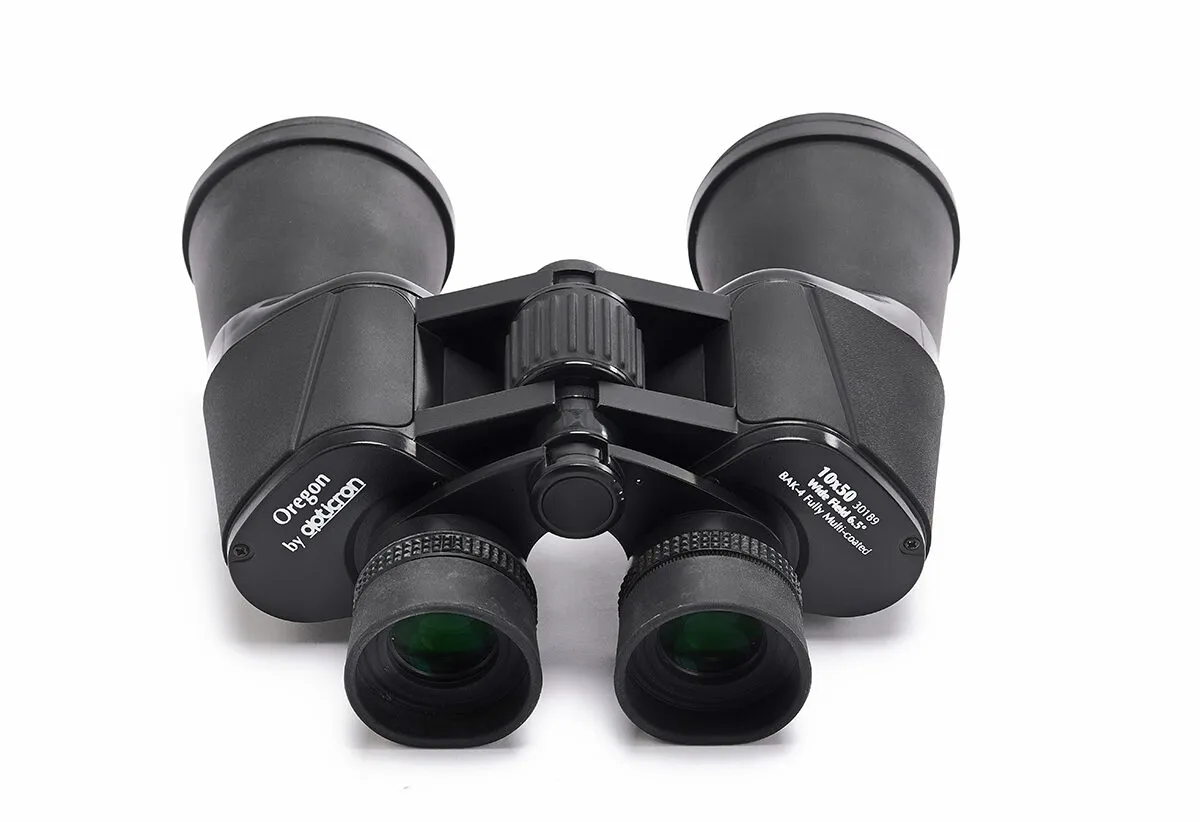
Turning our attention to other winter binocular targets, we explored the curves and groups of stars in Collinder 70 (the region around Orion’s Belt), which were a delight.
The Orion Nebula itself began to show structure, with the ‘Fish’s Mouth’ inlet being prominent, while the stars of the Meissa Cluster revealed their various colours.
The Leaping Minnow asterism and Messier clusters in the constellation of Auriga, the Charioteer were all distinct, while the Beehive Cluster, M44 in Cancer, the Crab clearly showed the mass differentiation that pushed the fainter stars further from the middle.
Once Bode’s Nebula, M81 and the Cigar Galaxy, M82 achieved a reasonable altitude, they were obvious with direct vision. We also found it easy to identify asteroid Vesta, which was almost at its best for the year and is the brightest of the asteroids.
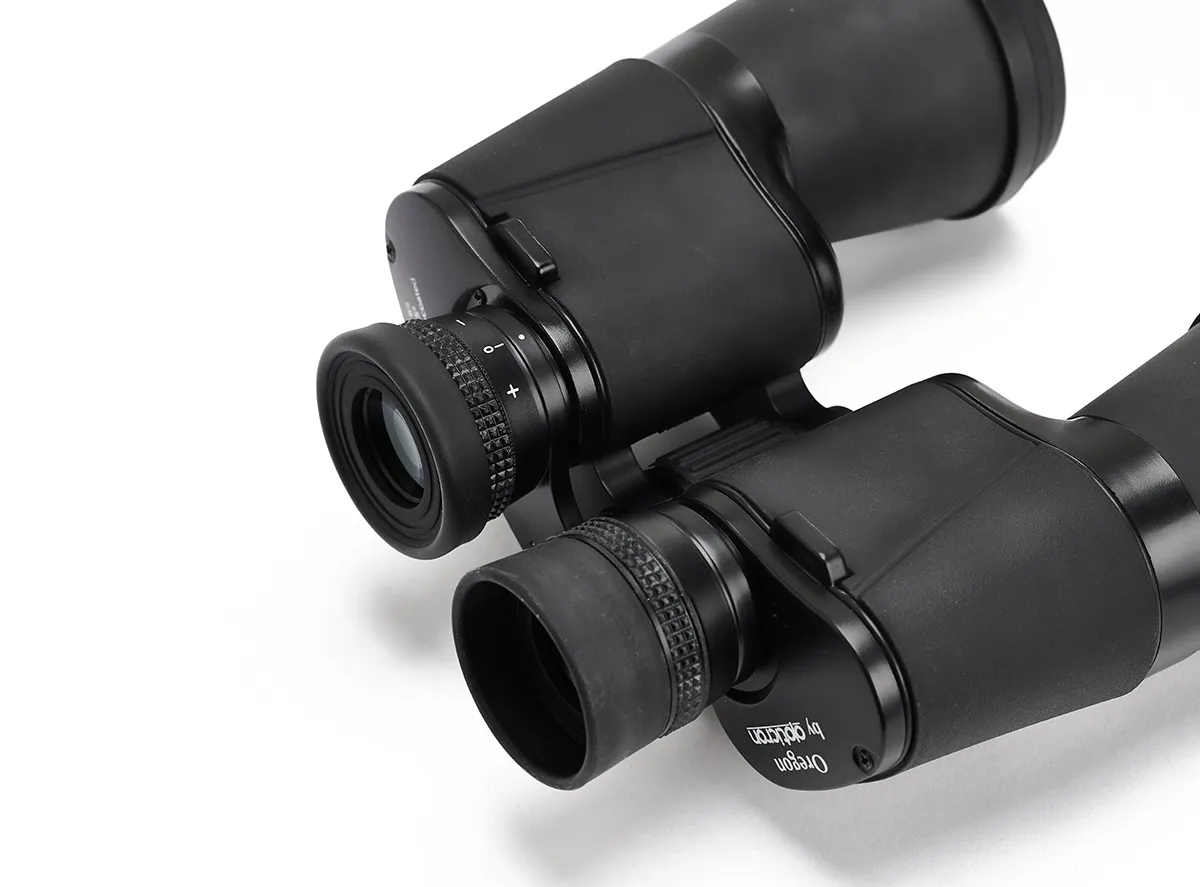
Although these binoculars have a satisfyingly sturdy feel to them, this does not come at the expense of decent ergonomics. You will find that they are well-balanced, and light enough for you to hold for extended periods.
While they do have some shortcomings (as do all but the most expensive premium binoculars), there is nothing severe or obtrusive enough to make them difficult to use or to markedly degrade the image.
In fact, you probably wouldn’t even notice the few niggles we found unless you were actively looking for them.
It’s as if someone has been paying attention to what binocular reviewers have, for many years, been asking for in an entry-level pair of 10x50 astronomical binoculars and, at last, given it to us.
Whether you’re just starting out in this wonderful hobby, or are an experienced observer who wants some inexpensive binoculars for quick wide-angle vistas and other casual use, the Opticron Oregon WA 10x50s are definitely worth a look.
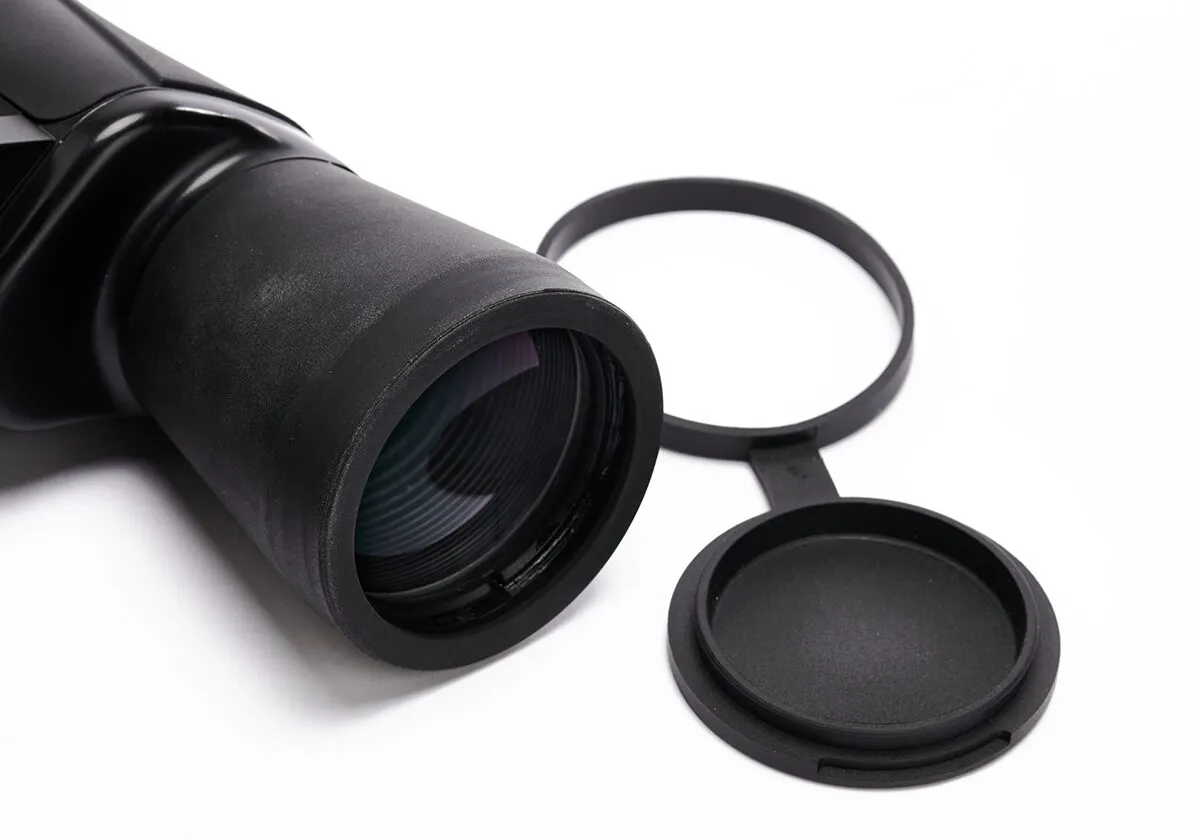
Opticron Oregon WA 10x50 field of view
Aperture is king in astronomy, but it is often the case that modern budget binoculars have their apertures stopped down internally – sometimes by 20% or more – in an attempt to sharpen the image at the cost of some loss of brightness.
We were delighted to find, however, that this is minimal when it comes to the Opticron Oregon WA 10x50s: we measured the effective aperture as 47mm.
Coupled with this, the anti-reflective multi-coatings ensure that the binoculars pass a maximum amount of light to your eyes. Consequently, the images were pleasingly bright and had good colour rendition.
The 6.5° field of view is at the wide end of the range for astronomical 10x50 binoculars and, although the image does get soft towards the edges, the sense you get is of a field of view that you have space to look around in.
This is particularly helpful if you are star-hopping or scanning in search of your target: there is more chance that your next ‘star stop’ will be conveniently visible in a wider field of view.
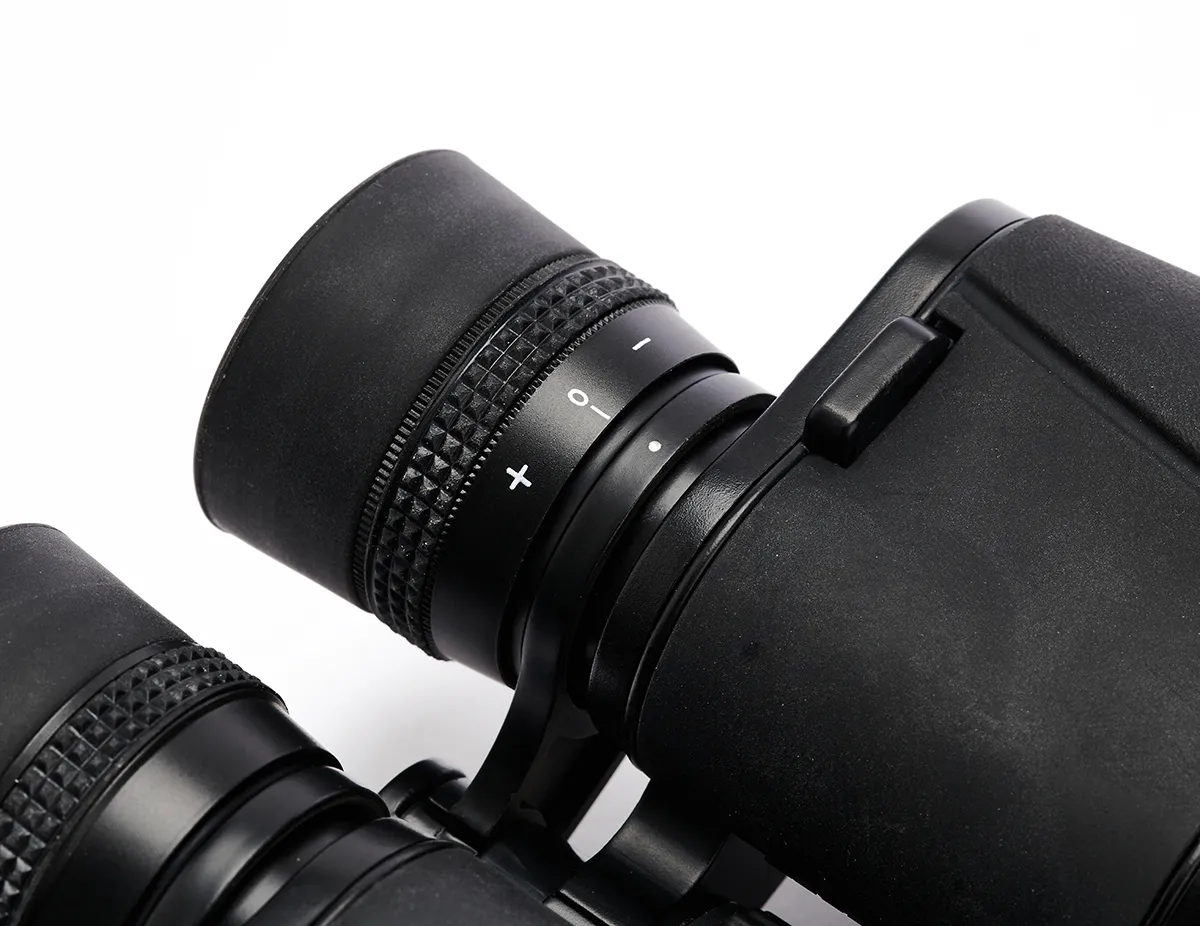
Opticron Oregon WA 10x50 binoculars: outstanding features
Tethered lens caps
Caps are essential to protect your lenses from degrading dust and other airborne debris, and they are unlikely to get lost if you can keep them tethered to the binoculars. For your convenience, the objective caps are removable if you would prefer to not have them tethered.
Smoothly operating focusing
Both your centre-focus wheel and your right eyepiece dioptre adjuster need to be sufficiently resistant to prevent accidental refocusing, but smooth enough to enable you to focus very precisely. The backlash-free adjustments to both focusing devices met these criteria and are designed to be operable with thickly gloved hands.
Good right eyepiece dioptre range
Most of us do not have perfect eyesight and the optical defects we do have will differ between our eyes; this is why centre-focus binoculars have a right eyepiece focus adjustment. This one has a range of ±3.5 dioptres, so it can compensate for quite severe disparity between your eyes.
Tripod-mountable
Although these binoculars can very easily be hand-held, all binoculars will show you more if you steady them by mounting them on a tripod or, often more conveniently for high elevation targets, a monopod. Under a cap on the hinge, you’ll find a threaded bush
that accepts the necessary adaptor.
Fold-down rubber eye cups
The rubber eye cups are pliable enough for comfort and they fold down to enable you to see the full field of view if you need to observe with spectacles. They incorporate a rubber flange that covers the eye-lens surround so that your spectacle lenses won’t accidentally rub against the eye lens.
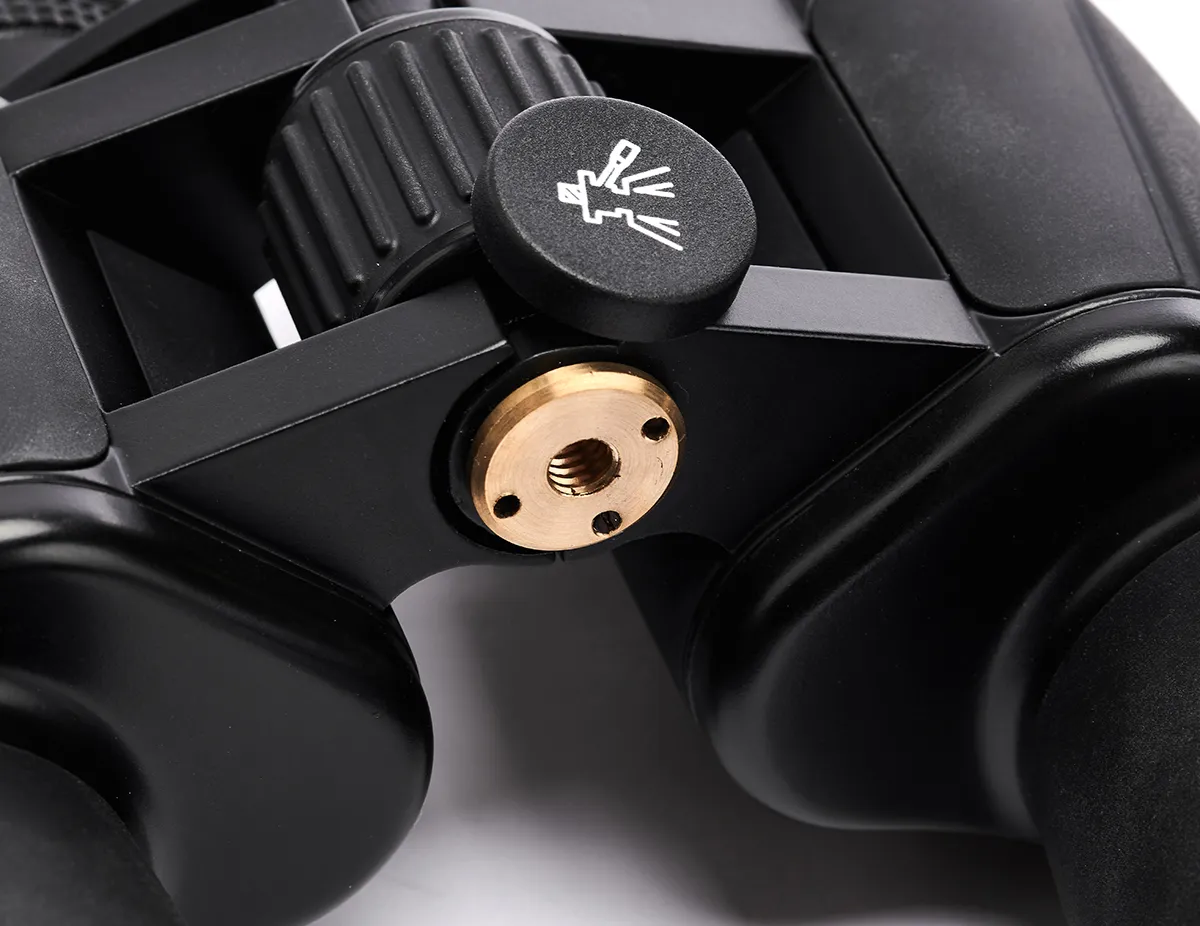
Vital stats
- Price £69
- Optics Fully multi-coated
- Magnification 10x
- Aperture 50mm
- Prisms Porro, BAK4
- Angular field of view 6.5°
- Focusing Centre focus, eye relief: 16mm
- Interpupillary distance 58–73 mm
- Weight 885g
- Supplier Opticron
- Tel +44 (0)1582 726522
- opticron.co.uk
This review originally appeared in the May 2021 issue of BBC Sky at Night Magazine.
